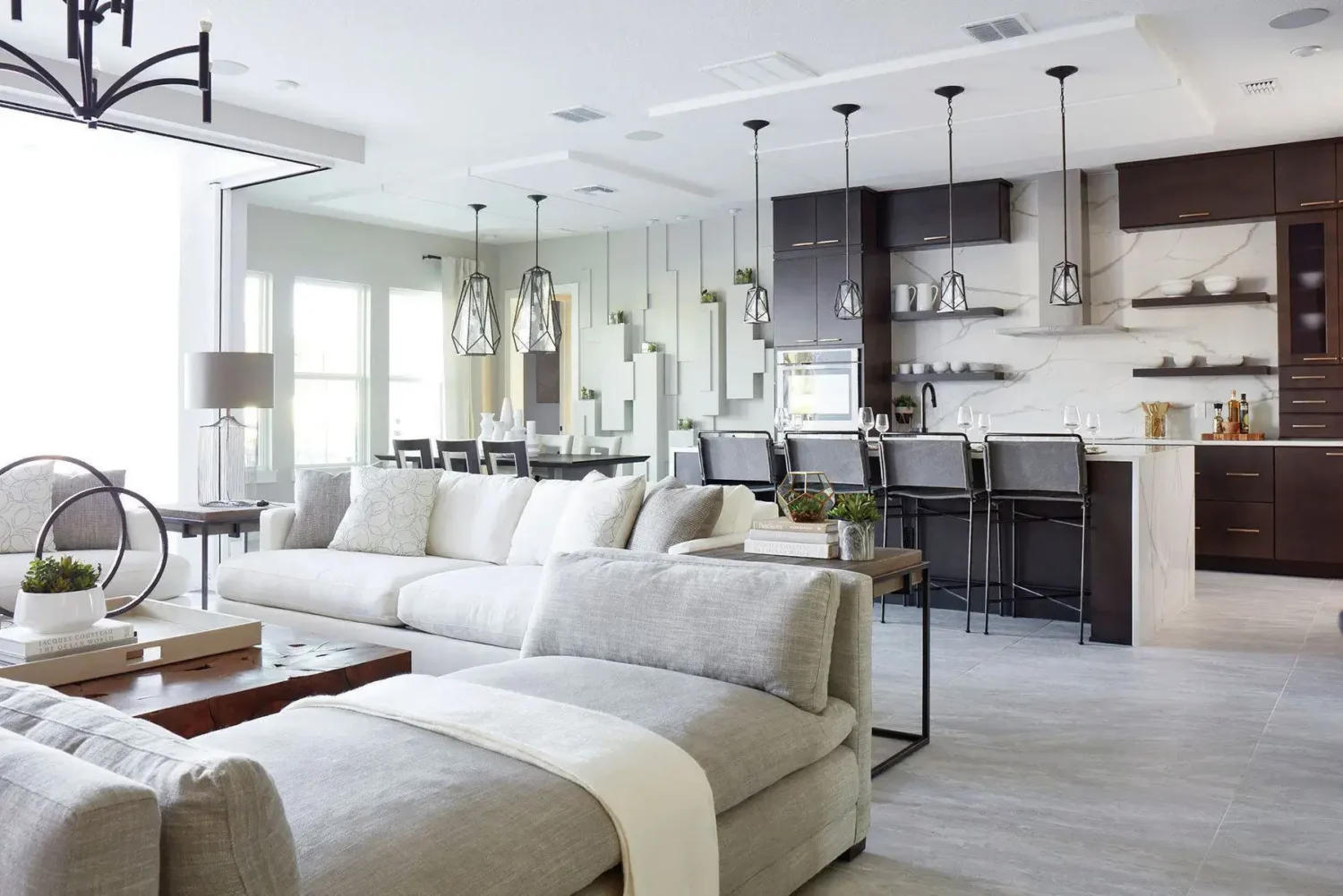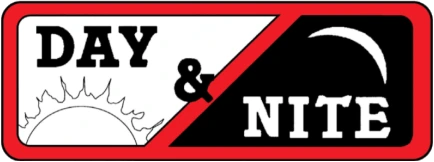Why Does My House Smell? Chapter 1

Often, especially in the Winter Months, we get called in to help with a ‘bad’ smell or a ‘musty smell’ problem. ‘Bad Smell’ problems can literally be anything, from an open pipe in the wall and sewer-gas, to dead rodents, to mold and mildew. Usually, a bad, musty smell is caused by molds and mildew taking hold somewhere, even if they can’t be seen. So, we’ll start there this month, and work through other possibilities in upcoming articles.
Molds and mildew exist in some form almost everywhere. Even when they can’t be detected by sight or smell, the tiny spores are there, lying dormant, waiting for the right conditions to ‘take-hold’ and grow rapidly and very stubbornly. Because some forms are dangerous when handled or inhaled, they must be taken seriously and handled quickly, safely, and thoroughly, and in many cases professionally (at least in part to begin with).
This is a vast and complicated arena. In the next few articles, I can share some basics I’ve found to be effective for my clients when the issues of mold and mildew need attending to. In coming months we’ll also look at tracking down and eliminating some other bad smells that commonly plague us and our tenants.
What conditions promote mold and mildew growth?
Mold and mildew are organisms that need food/fuel to grow, and they will use almost anything for fuel. Anything, including wood, clothing, all floor coverings, all wall coverings even organics in the dirt. In order to grow and thrive, they must have the right conditions. In addition to a fuel/food source, I think there are four conditions that need to be watched/considered when looking at mold and mildew growth.
- Moisture
- Poor ventilation; stale or ‘trapped’ air
- Darkness/low-light areas
- Temperature
The three most important conditions/ingredients that enhance mold and mildew growth are moisture, poor ventilation, and darkness/low light. If an area is moist, dark and/or it’s not getting fresh air, given enough time mold or mildew will usually take hold and thrive. It’s commonly believed that cool temperatures cause mold and mildew to grow too. Although temperature matters, it doesn’t matter as directly as the first three conditions I mentioned. In fact, although warm temperatures are good for molds and mildews, some types of mold and mildew prefer cool temperatures and will hardly grow in warm places. Regardless of temperature, darker, moist areas that don’t have/get any fresh air will almost always enhance and allow mold and mildew growth. However, let’s consider all four components that enhance growth of mold and mildew and how they can be controlled in our buildings to help prevent mold and mildew growth.
Moisture
Inside any building, too much moisture in the wrong place will enhance mold and mildew growth. This means any kind of moisture; water in the air, humidity, or water leaking into the wrong place from anywhere including roofs, groundwater leaking into crawlspaces/basements, through concrete slabs, leaking pipes, leaking plumbing fixtures, HVAC Systems, any leak from any source.
Humidity is the amount moisture in the air. Too much of it is bad for a building in many ways, and it’s certainly a primary factor in helping molds and mildews to grow. We think about moisture in the air most commonly as Relative Humidity, (RH) which is an expression of the actual amount of moisture in the air, relative to the possible maximum amount the air can hold. When the air is at 100% RH, it won’t ‘hold’ any more moisture. That’s when condensation occurs, and we say the air is at its ‘dew point.’ Air with 50% RH is air that is half full of moisture, so therefore the moisture can be doubled before that air hits the dew point.
How much humidity inside a building is too much?
We like to target a RH of less than 50% down to about 30%. When the RH approaches 50% and more, the environment becomes ideal for mold and mildew growth. Sometimes, we can see the effects of high RH by things like condensate on the inside of the windows, but sometimes the RH can be very high in a building and there is no visible clue while lots of mold is growing somewhere; under the carpets, in the walls etc.
Too much humidity inside buildings is one of the most common problems we see, and usually it’s caused by poor ventilation in the building. Bathing, showering, cooking and just people living in the building infuse moisture into the air, and unless that air is dried or exchanged, the air will keep getting wetter and wetter. And in crawlspaces, no/bad/poor vapor barriers and/or too few ventilation openings allow moisture to build up and then it can migrate up into the building.
Therefore, we always like to recommend that every building be checked to make sure it has good ventilation, including enough fresh outside air being introduced as/when needed. Generally, in rental units that means we recommend…
- A good fan in the kitchen used when cooking, that vents to the outside.
- A good quality fan in each bathroom, that vents to the outside and is automatically controlled and will activate…
- 60 Cubic Feet per Minute for 1 hour, 2x a day, ( or, constant at ½ that CFM).
- 80 – 100 CFM for 60 minutes whenever motion activates it.
- 80 – 100 CFM whenever moisture activates its humidistat, until satisfied or for 60 minutes.
- A good quality fan in the Laundry Room, @ 80 – 100 CFM, moisture activated.
The ventilation fans we like are ones like the Panasonic Whisper Green Select units because they use a converter to run the motors on DC current, so it’s both cheap and extremely quiet. And they have enough models to choose from so that almost any CFM or control option can be applied, manual, automatic by motion, moisture, time etc.
The issue of good ventilation isn’t complete unless the building’s ventilation is checked and it’s ensured that the air leaving the house (through these fans, plus clothes dryers, gas appliances, fireplaces etc.) is balanced with the proper amount of outside make-up air being brought back into the house. This needs to be done by an experienced HVAC Technician, and he/she has a variety of ways to accomplish this, depending on the building and its systems.
My next article will finish addressing the four conditions we like to consider when it comes to watching for mold and mildew growth, and our recommendations on how to go about testing facilities for mold and mildew intrusion. Until then, keep it dry and stay healthy!
Bruce Davis, Sr.
President, Director of Education and Learning, Sales Manager
Licensed Journeyman Plumber, Licensed Electrician,
HVAC/R Electrical Administrator,
HVAC/R Certified WA State C.E.U. Instructor
Bruce Sr is President of Day & Nite Plumbing & Heating, a 65+ year old family owned and operated plumbing and heating business in Lynnwood, Washington. Bruce can be contacted at: Email: Bruce@dayandnite.net
Day & Nite Plumbing & Heating Inc.
16614 13th Ave. W. Lynnwood, WA 98037
800-972-7000
